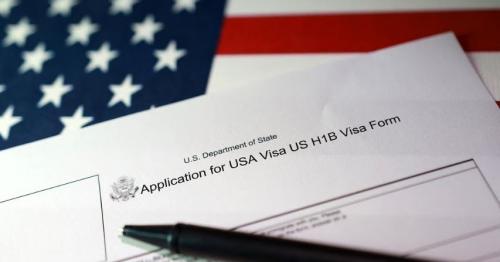Demystifying US admissions decisions through the lens of yield protection

In the ever-competitive landscape of US university admissions, understanding the concept of yield protection is crucial. This practice, aimed at maintaining a school's prestige, often leads to surprising outcomes for applicants. Yield protection involves rejecting overqualified candidates to inflate yield metrics and deflate acceptance rates, thereby enhancing a university's perceived exclusivity. This strategy, though counterintuitive, is driven by the desire to manipulate rankings and maintain a competitive edge.
Selective universities, particularly those aspiring for top-tier rankings, prioritize metrics like yield and acceptance rates. By strategically turning away overqualified applicants, these institutions aim to boost their yield percentages, signaling high desirability and exclusivity to ranking agencies. However, this approach often results in bewildering outcomes for applicants, as demonstrated by cases where students are rejected from seemingly less prestigious institutions while gaining admission to Ivy League universities.
One notable example is Northeastern University, which transformed from a moderately selective institution to an elite university with a single-digit acceptance rate. This shift was achieved by strategically rejecting overqualified applicants and admitting students through binding Early Decision plans, ensuring high yield rates and low acceptance rates. Similar tactics are employed by other non-Ivy universities like Duke, Johns Hopkins, and Rice, further complicating the admissions landscape.
For applicants navigating this complex environment, understanding yield protection is essential for crafting a successful application strategy. By diversifying their college lists to include reach, target, and safety schools, students can mitigate the risks associated with yield protection. Additionally, exceptional students should not be discouraged by rejections from lower-tier universities; instead, they can focus on applying to a higher proportion of reach schools and leveraging merit scholarships offered by target and safety institutions.
Ultimately, by arming themselves with knowledge about university tactics and metrics-driven outcomes, students can strategically approach the admissions process and maximize their chances of success. While yield protection may introduce new challenges, it also presents opportunities for well-informed applicants to stand out and secure acceptance to top universities. As decision day approaches, students can navigate the complexities of US admissions with confidence and clarity, ensuring they have a range of options to choose from for their academic future.
By: Sahiba Suri





Comments